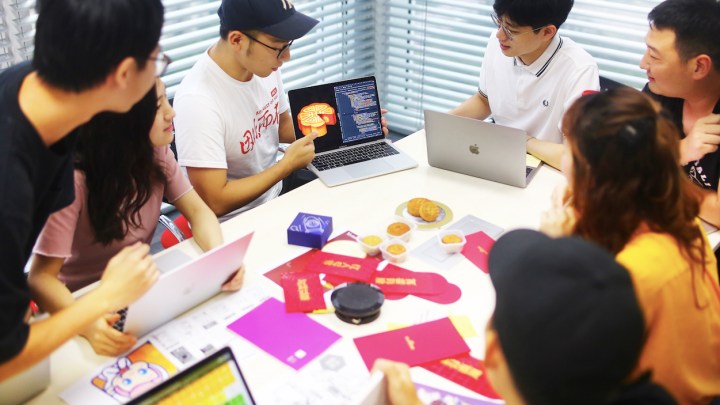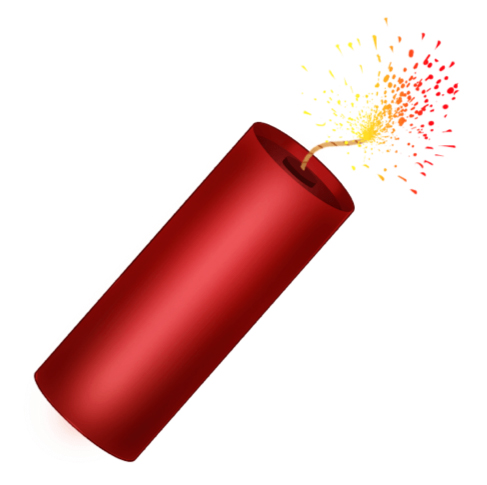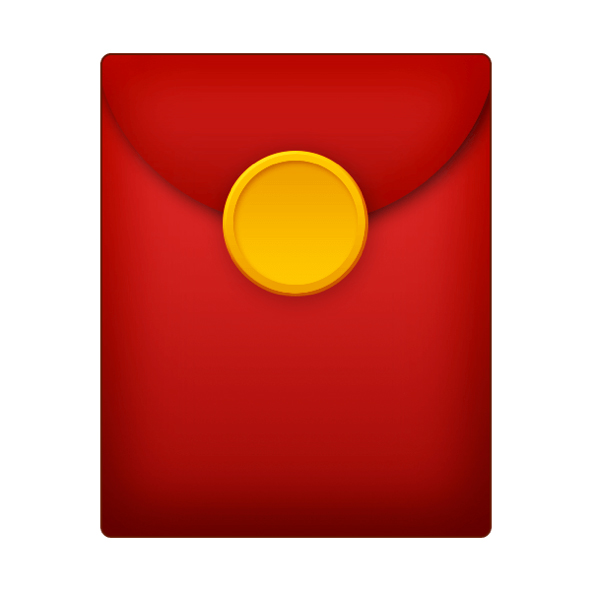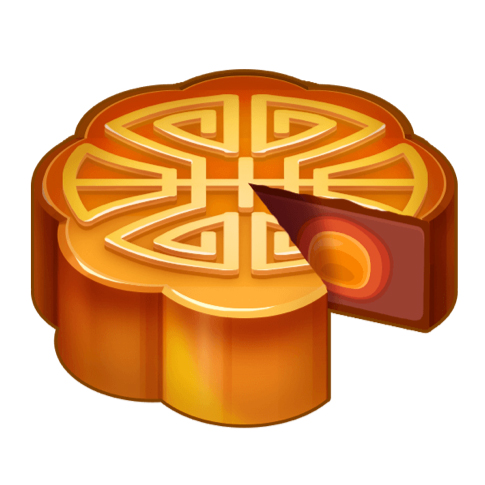
From the laughing face to the peach butt and smiling pile of feces, emojis fill in for the intonation and facial expressions left out by communicating in text. But where do emojis come from? Who determines why there’s a peach but no grapefruit, or why there are same-sex families, but no big families?
Natalia Lin was celebrating the Chinese New Year in 2015 when she realized, despite the thousands of emojis available, there was none to represent the holiday, a major event in the Chinese culture as well as other areas around the world. Despite an estimated 850 million smartphone users in the country, Lin realized that the Chinese culture was not well represented among emoticons. The realization is one that set the spark to the firecracker emoji (to be pun-y), as well as two other major Chinese cultural symbols.
For Lin, creating emojis to fill the cultural gap seemed a logical next step. That’s because Lin works as the Project Manager for Facemoji Keyboard at Baidu, a China-based company that’s among the largest internet companies in the world. Facemoji (iOS and Android) is a predictive, A.I.-based emoji app that’s also loved for its ability to create emoji combinations, with 100 million installs.
But, Lin explains, anyone can create and submit a proposal for a new emoji. Anyone, that is, with a bit of passion and a lot of patience.
Lin and the Facemoji team set out to submit three Chinese cultural symbols — a red firecracker for Chinese New Year, the red gift envelope with lucky money for the same holiday, and the moon cake, which is as iconic as America’s Thanksgiving turkey for China’s Mid-Autumn Festival. (The turkey, by the way, has been an official emoji since 2015.)
The team handled the design of the emojis inside Photoshop. While design is part of the process, choosing how to represent a cultural icon inside a miniature graphic was one of the simpler steps in the process, Lin says. With the trio of symbols an iconic part of her culture, choosing the best way to represent those items came simply for the team.
The toughest part of the process, Lin says, was convincing the Unicode Consortium that the emojis belong among the thousands of others. The Unicode Consortium is the non-profit group that develops a standard that allows consistent emoji use across a variety of devices and applications — so when you send that smiling poop on an Apple device, the recipient gets that excited pile of excrement on their Android device.

To get an emoji approved, the team had to convince the Consortium that the firecracker, red gift envelope, and moon cake were iconic enough to become part of the emoji family. In the proposal, the team needed to state their case for why the emoji would be highly used. Factors like the icon’s distinctiveness and requests for the emoji are also considered. At the same time, the team needed to prove that the emoji wasn’t overly specific, open-ended, already represented, transient, or otherwise unsuitable for encoding.
And then, the wait. The trio of new emojis were submitted a full year before being adopted into Unicode in 2018 as part of Unicode 11.0. During that time, the three proposals made it through several rounds before making the final candidate list.
Once adopted into Unicode, each platform creates its own interpretation of the symbol — for example, on Twitter, the moon cake has the Chinese symbol for autumn on the top with a slice taken out while Facebook’s emoji uses a whole cake.
For Lin, the Unicode approval for the emojis wasn’t about writing a faster text message, but about communication, diversity, and inclusion. “We don’t always have enough words to express ourselves, so emoji becomes a way of communication,” she said. “We need to have enough emojis, enough diversity, to express ourselves.”





